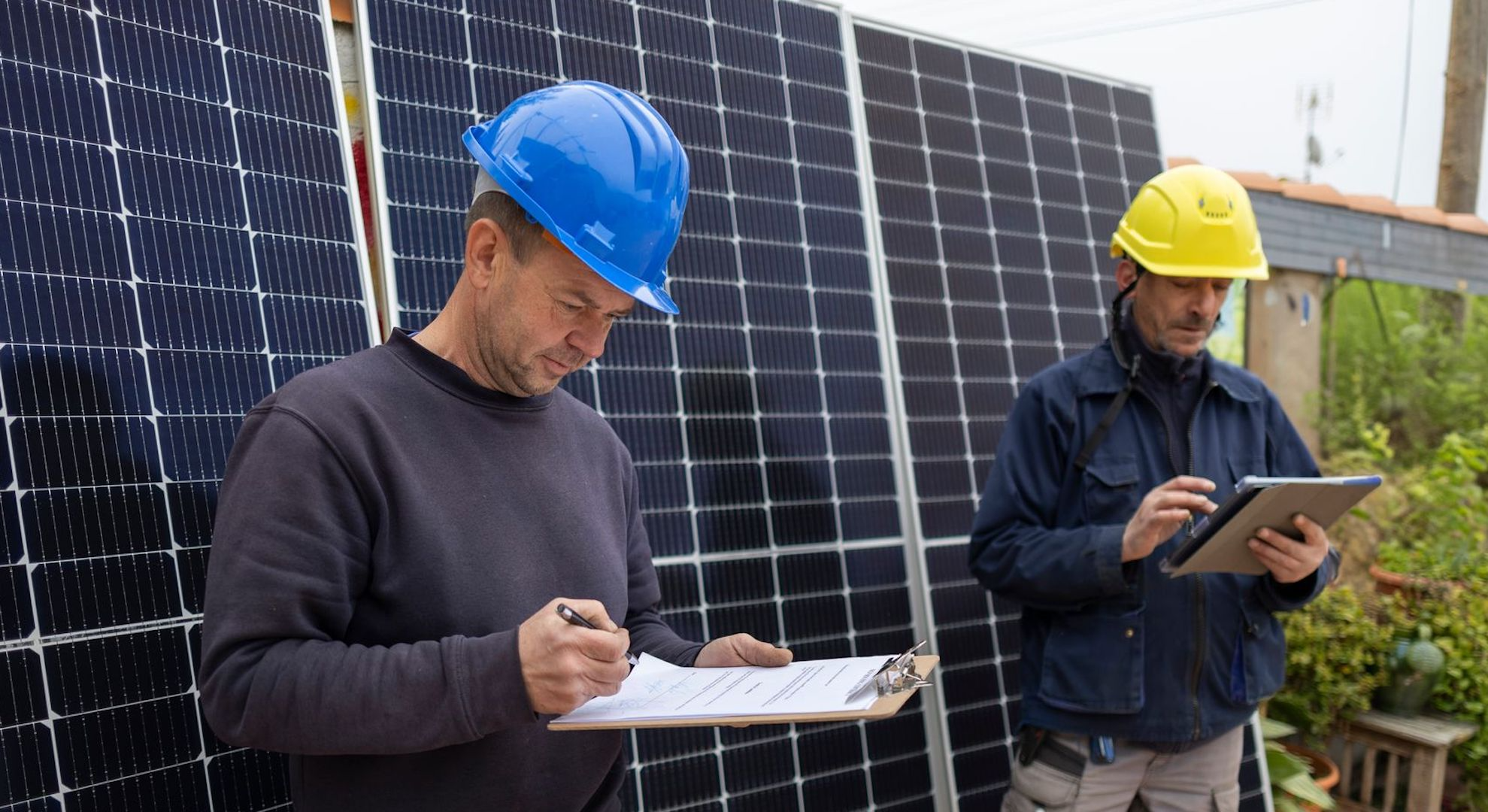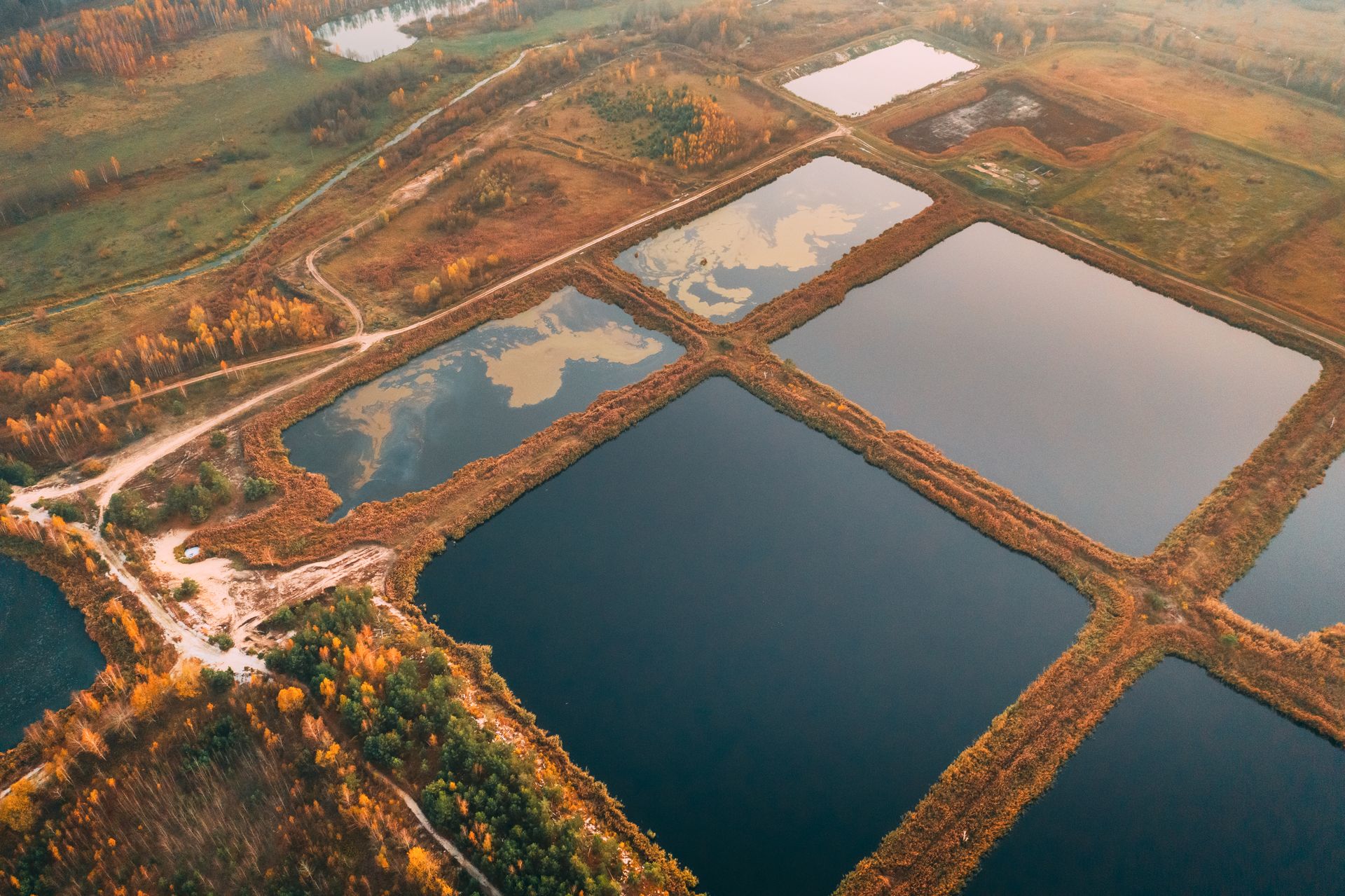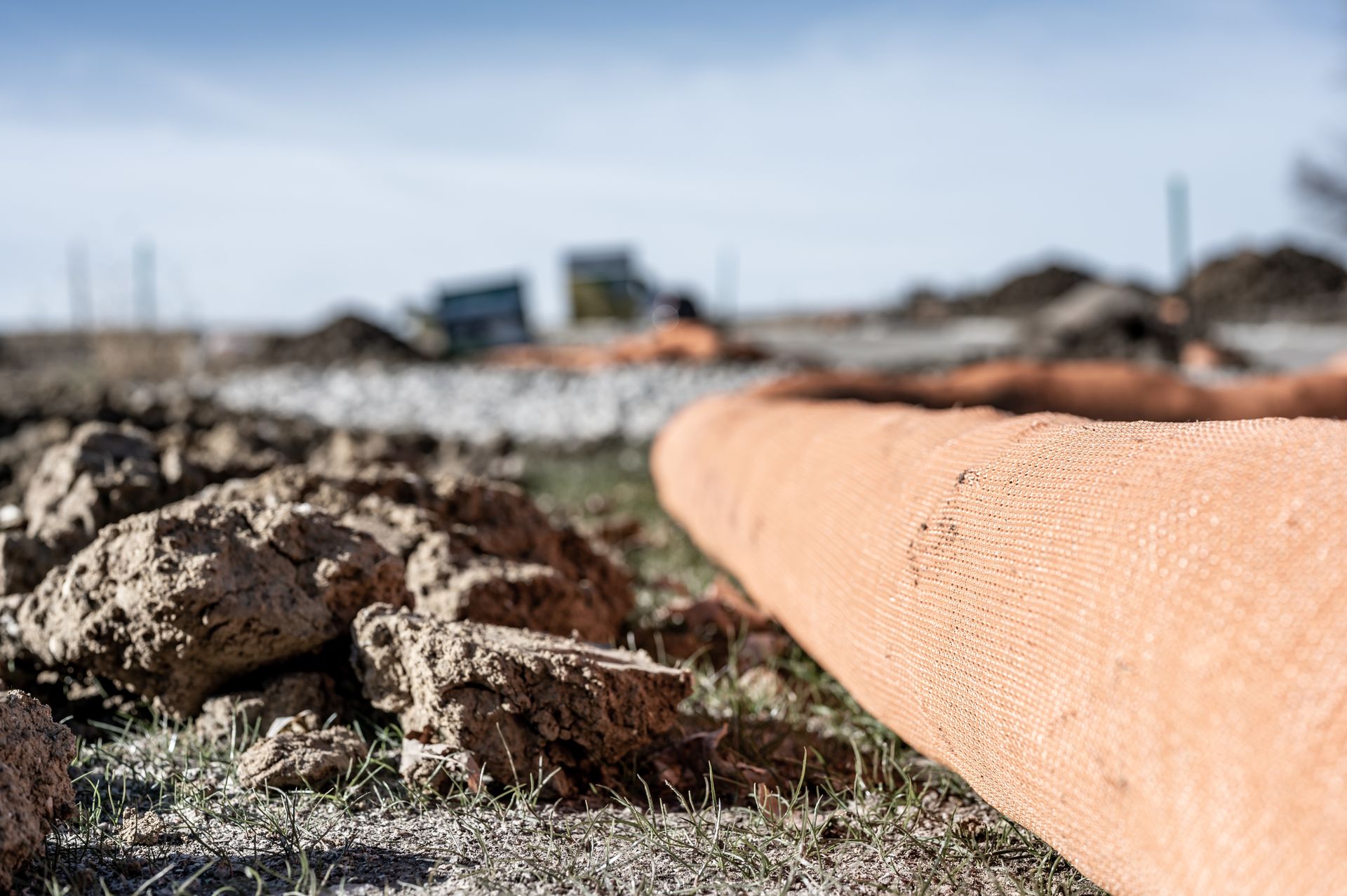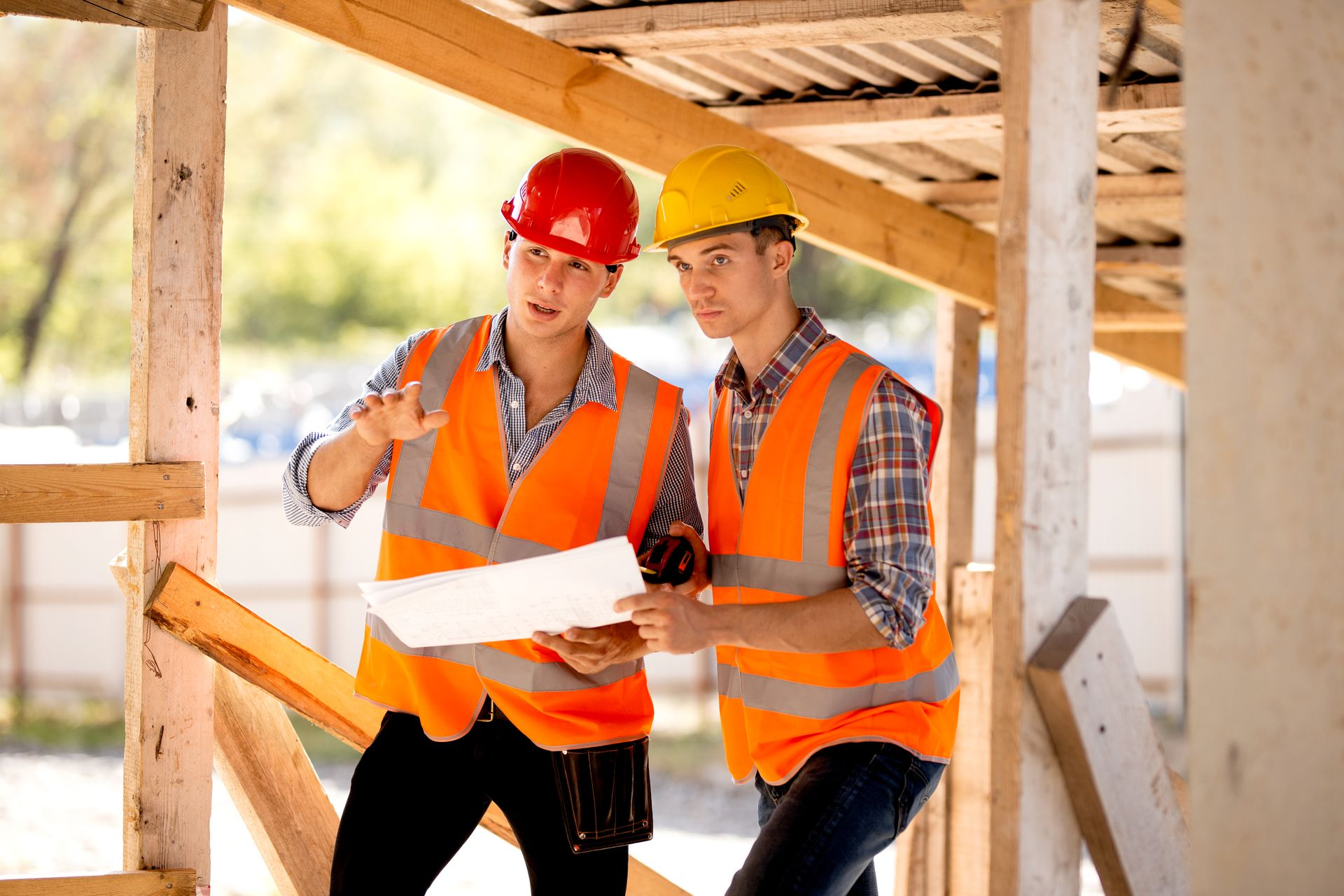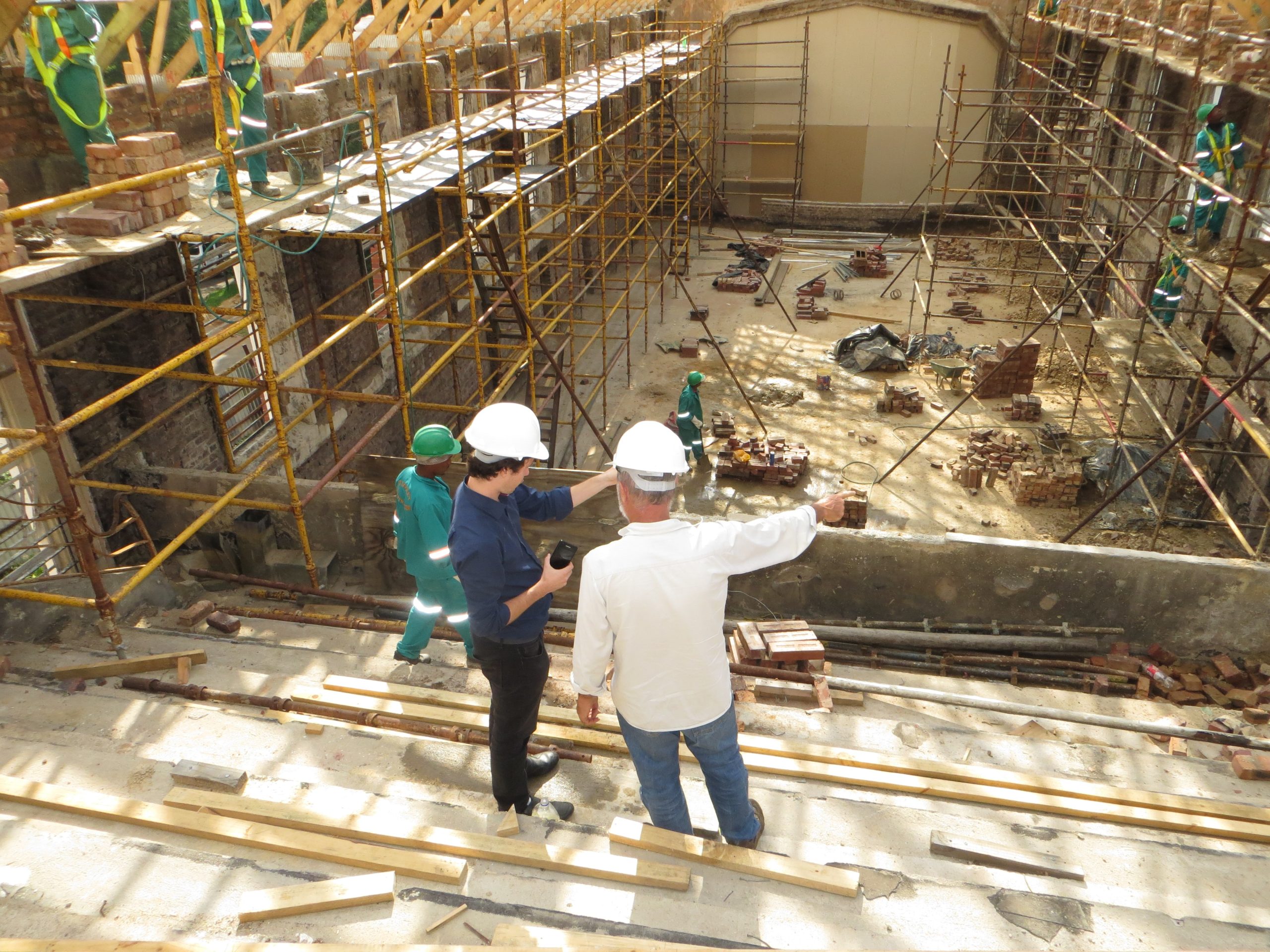In a world where energy efficiency is no longer just a buzzword but a financial and regulatory necessity, building owners and facility managers are under growing pressure to optimize performance, reduce costs, and meet sustainability goals.…
Explained: What the ENERGY STAR Score Means for Your Building
Quality is key to marketability in an environment filled with home-building horror stories.…
The Importance of Stormwater Management: 7 Reasons an SWPPP Is Essential
Stormwater runoff is a natural phenomenon that feeds rivers, lakes, and streams.…
What is Energy Modeling? How Can It Benefit My Project?
According to the UN Environment Programme, the building and construction industry is responsible for 37% of global carbon emissions.…
What Benefits Can an Energy-Efficiency Consultant Bring to Your Project?
According to the EIA, end-use energy consumption in residential and commercial buildings accounts for 27.6% of all energy used in the US.…
How to Prevent Stormwater Pollution: 7 Guaranteed Practices
While residential neighborhoods and land development are typical causes of stormwater pollution, the EPA has identified construction sites as a particular area of concern in its fight to curb stormwater pollution.…
Your Guide to Turbidity Testing in Florida: Know True Water Quality
Turbidity, the measure of suspended particles in water, is a common sign of stormwater mismanagement.…
10 Reasons to Outsource Your Construction Safety Management
It’s no secret that construction sites are inherently dangerous and full of liabilities.…
Top 5 Ways to Optimize Your Construction Risk Management Plan
Construction zones are full of risks, from environmental hazards to worker safety concerns.…
Top 7 Common Stormwater Inspection Mistakes And What To Do
According to one estimate, construction-related activities were responsible for 40% of all water pollution in the United States.…

